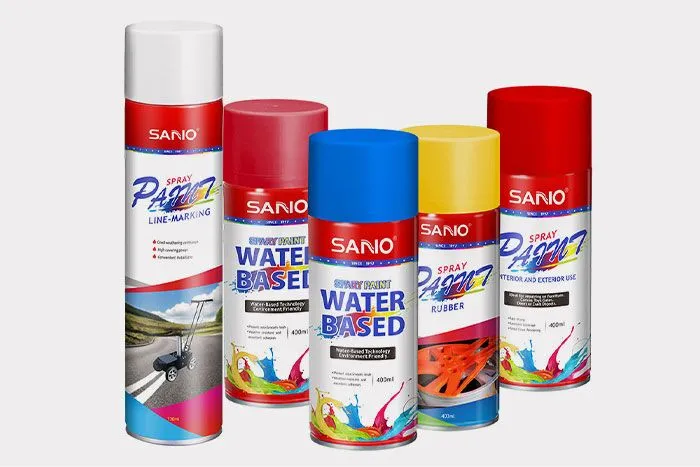Plastic decor is everywhere in our daily lives, from household items and garden decorations to automotive parts. Due to its lightweight, durable, and cost-effective nature, plastic is widely used.
With the rise of DIY culture, more and more people are choosing to transform plastic items with spray paint to give them a new life. Spray painting not only revitalizes old plastic objects but also enhances their aesthetics.
If you have a question about “Will spray paint stick to plastic?”, the answer is yes – but it’s essential to choose the right type of spray paint and prepare the surface properly. In this article, we’ll cover some tips and tricks for achieving a professional finish when painting plastic with spray paint.

Why Does Spray Paint Stick to Plastic?
Plastic is a synthetic material made from polymers, and it is widely used because of its durability, flexibility, and low cost.
Spray paint adheres to plastic due to the plastic’s smooth surfaces. So bonding agents in spray paints allow the paint to grip onto plastic surfaces. When applied properly, spray paint forms a strong bond with the plastic, resulting in a smooth, even finish.
However, for optimal adhesion, the plastic must be cleaned and prepared in a way that allows the paint to stick effectively.
How to Spray Paint Plastic
Here are the essential tools and steps for a successful spray painting project on plastic:
Prepare tools: Clean cloth, sandpaper (fine grit), spray paint (primer, color paint), Painting mask (for safety)
Clean the Surface: Begin by wiping down the plastic surface with a clean cloth, removing dust, dirt, and grease. And use fine-grit sandpaper to lightly sand the plastic. After sanding, wipe the surface again with a cloth . Before spraying, remember to wear the painting mask.
Apply Primer: For the best results, apply a thin layer of primer before applying color paint, helping create a smooth base. Make sure to let the primer dry completely before applying the top coat.
Apply the Paint: Once the primer has dried, shake the colored spray paint can well and apply the color in light, even coats. Hold the spray can about 6-8 inches away from the surface. Apply multiple thin layers and ensure a smooth finish.
Addition: If you’re painting outdoor furniture or décor exposed to the elements, it’s a good idea to apply a layer of primer to provide extra protection.

Spray Painting Tips
Light Coats: Apply several light coats of spray paint instead of one thick coat. This reduces the risk of drips and gives a more even finish.
Wait Between Coats: Allow each coat to dry before applying the next to prevent the paint from becoming tacky or streaky.
Use Plastic-Specific Paint: If possible, use spray paint designed specifically for plastic surfaces, like SANVO spray paint for plastic.
Conclusion
Spray paint can indeed stick to plastic when applied correctly, by cleaning, sanding, priming, and applying paint in thin, even coats, you can achieve a durable and attractive result.
Whether you’re refurbishing old furniture or adding a fresh look to plastic accessories, following these steps will ensure your spray paint job sticks and lasts.
